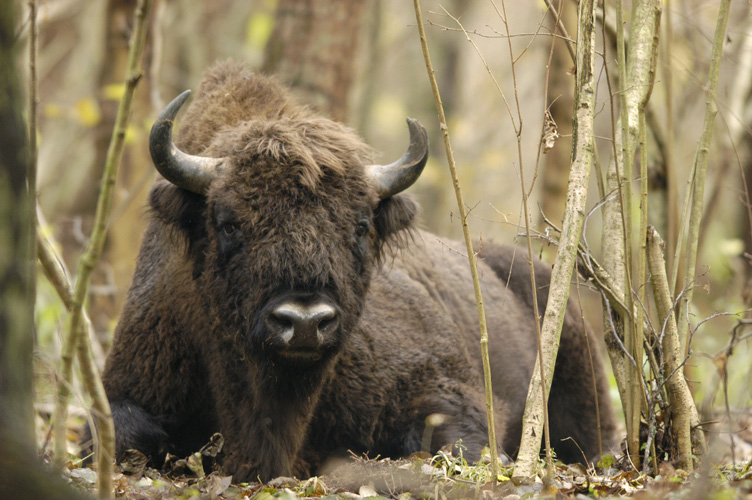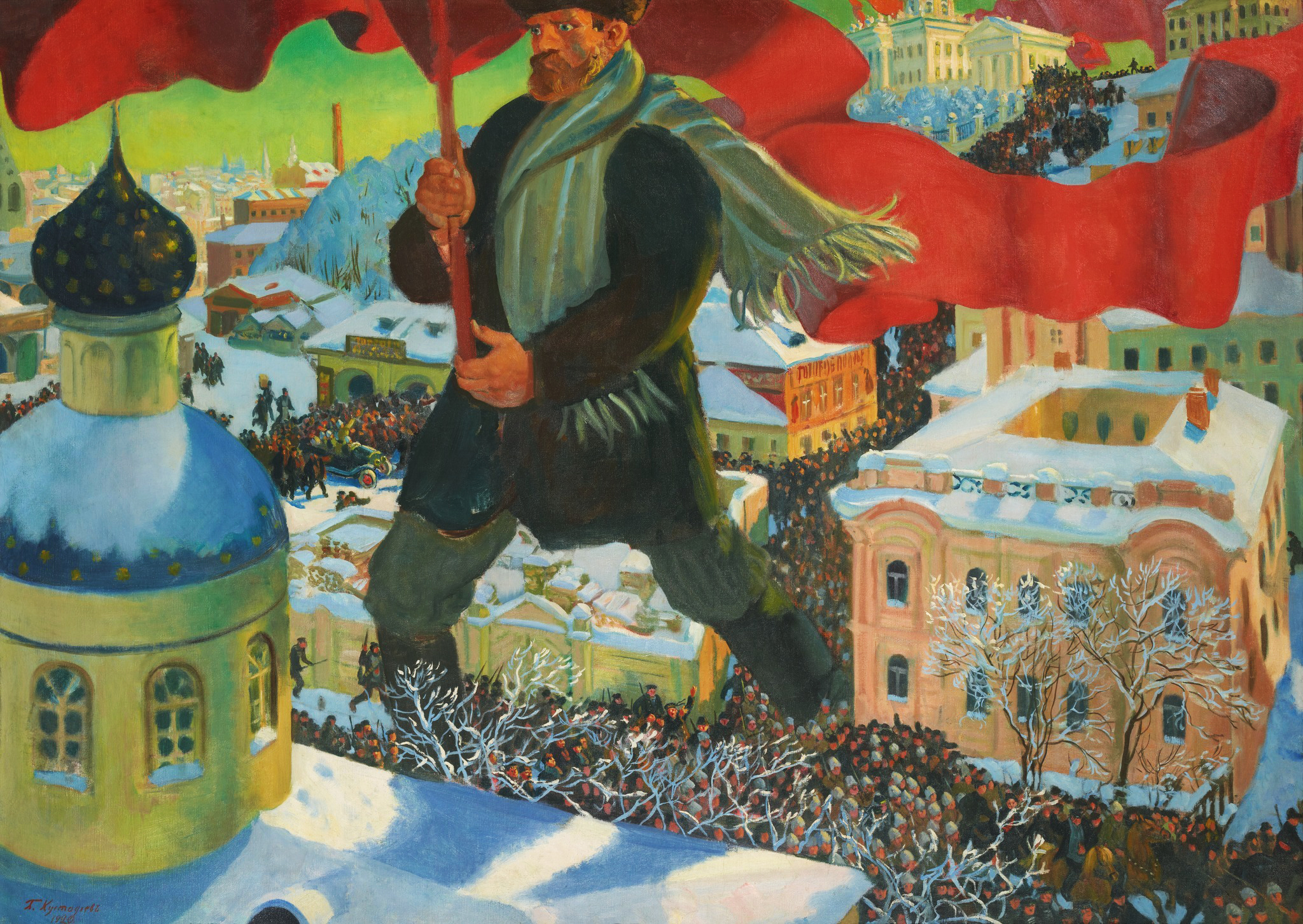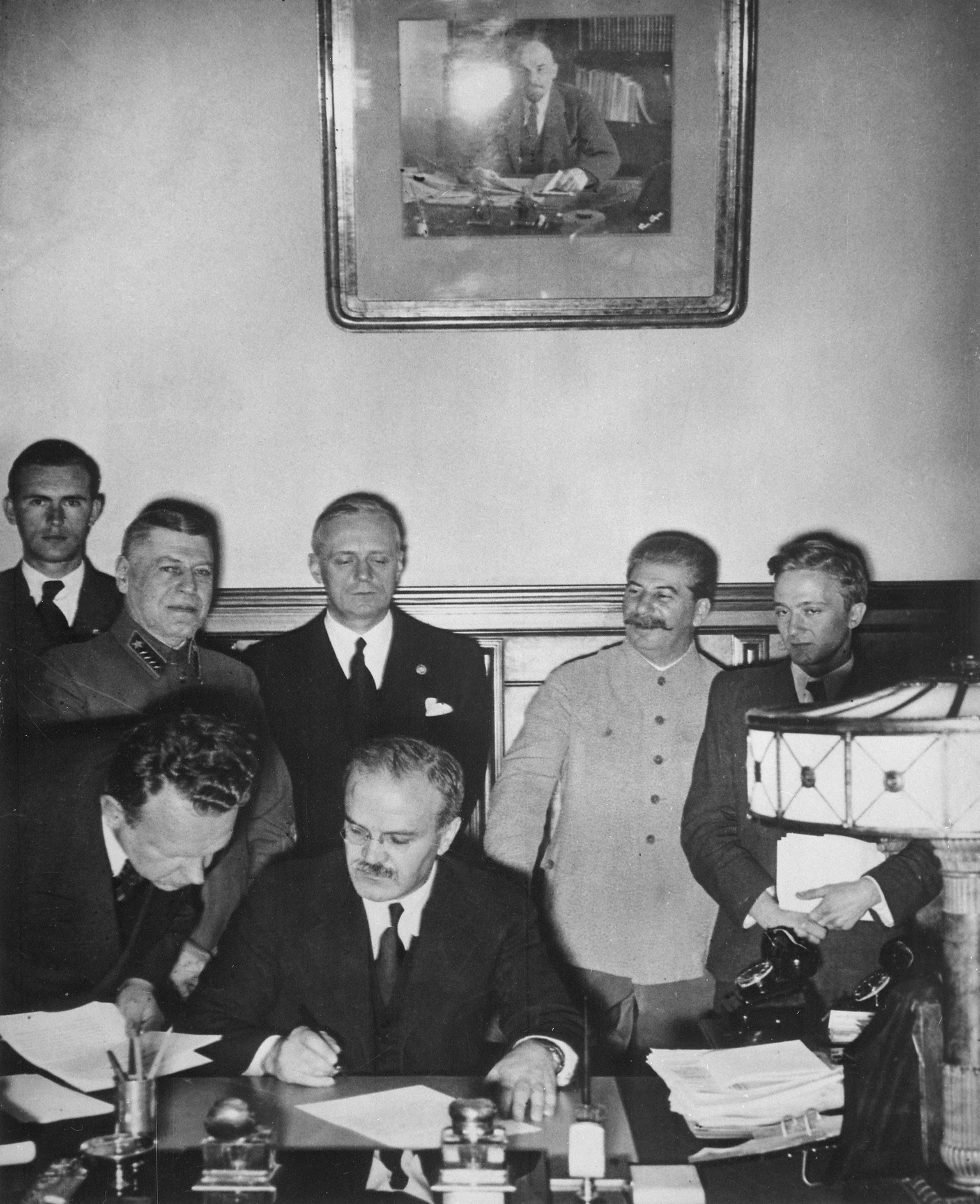|
Stawiski
Stawiski is a town in northeastern Poland, situated within Kolno County, in Podlaskie Voivodeship, approximately east of Kolno and west of the regional capital Białystok. Stawiski is the administrative seat of Gmina Stawiski. From 1946 to 1975 it belonged administratively to Białystok Voivodeship, and from 1975 to 1998 to Łomża Voivodeship. The town is situated on the Dzierzbia River. According to Central Statistical Office (Poland), the population of Stawiski as of 31 December 2008 was 2,417 persons. History Stawiski was established in 1407–1411. It received city rights around 1688. The Franciscan Order built a monastery there in 1791. The monks were expelled from Stawiski in 1867 during the Partitions, as punishment for supporting the Polish January Uprising against the Russian imperial rule. The town was destroyed by fire in 1812 in the course of the French campaign against Russia, and rebuilt again, to become trades and commercial centre known for its f ... [...More Info...] [...Related Items...] OR: [Wikipedia] [Google] [Baidu] |
Gmina Stawiski
__NOTOC__ Gmina Stawiski is an urban-rural gmina (administrative district) in Kolno County, Podlaskie Voivodeship, in north-eastern Poland. Its seat is the town of Stawiski, which lies approximately east of Kolno and west of the regional capital Białystok. The gmina covers an area of , and as of 2006 its total population is 6,572 (out of which the population of Stawiski amounts to 2,442, and the population of the rural part of the gmina is 4,130). Villages Apart from the town of Stawiski, Gmina Stawiski contains the villages and settlements of Barzykowo, Budy Poryckie, Budy Stawiskie, Budziski, Cedry, Chmielewo, Cwaliny, Dąbrowa, Dzięgiele, Dzierzbia, Grabówek, Hipolitowo, Ignacewo, Jewilin, Jurzec Szlachecki, Jurzec Włościański, Karwowo, Kuczyny, Lisy, Łojewek, Michny, Mieczki-Sucholaszczki, Mieszołki, Poryte, Poryte Małe, Poryte Szlacheckie, Poryte Włościańskie, Ramoty, Rogale, Romany, Rostki, Skroda Mała, Sokoły, Tafiły, Wilczewo, Wysoki ... [...More Info...] [...Related Items...] OR: [Wikipedia] [Google] [Baidu] |
Kolno County
__NOTOC__ Kolno County ( pl, powiat kolneński) is a unit of territorial administration and local government ( powiat) in Podlaskie Voivodeship, north-eastern Poland. It came into being on January 1, 1999, as a result of the Polish local government reforms passed in 1998. Its administrative seat and largest town is Kolno, which lies west of the regional capital Białystok. The only other town in the county is Stawiski, lying east of Kolno. The county covers an area of . As of 2019 its total population is 38,249, out of which the population of Kolno is 10,214, that of Stawiski is 2,174, and the rural population is 25,861. Neighbouring counties Kolno County is bordered by Pisz County to the north, Grajewo County to the north-east, Łomża County to the south and Ostrołęka County to the west. Administrative division The county is subdivided into six gminas (one urban, one urban-rural and four rural). These are listed in the following table, in descending order of population. ... [...More Info...] [...Related Items...] OR: [Wikipedia] [Google] [Baidu] |
Podlaskie Voivodeship
Podlaskie Voivodeship or Podlasie Province ( pl, Województwo podlaskie, ) is a voivodeship (province) in northeastern Poland. The name of the province and its territory correspond to the historic region of Podlachia. The capital and largest city is Białystok. It borders on Masovian Voivodeship to the west, Warmian-Masurian Voivodeship to the northwest, Lublin Voivodeship to the south, the Belarusian oblasts of Grodno and Brest to the east, the Lithuanian Counties of Alytus and Marijampolė to the northeast, and the Kaliningrad Oblast of Russia to the north. The province was created on 1 January 1999, pursuant to the Polish local government reforms adopted in 1998, from the former Białystok and Łomża Voivodeships and the eastern half of the former Suwałki Voivodeship. Etymology The voivodeship takes its name from the historic region of Poland called ''Podlasie'', or in Latin known as Podlachia. There are two opinions regarding the origin of the region's name. P ... [...More Info...] [...Related Items...] OR: [Wikipedia] [Google] [Baidu] |
Dzierzbia River
Dzierzbia is a small river in north-eastern Poland, flowing within the administrative district of Gmina Stawiski in Kolno County, Podlaskie Voivodeship. It is being fed by several local streams. Dzierzbia is a right-tributary of another small river called Skroda, which begins near the village of Andrychy and empties into Pisa river near the town of Rudka-Skroda. In 2001, a nature reserve has been established along Dzierzbia. It is called the Rezerwat "Uroczysko Dzierzbia" (Uroczysko Dzierzbia Nature Reserve, or Dzierzbia River Wilderness Reserve), located also within Gmina Stawiski. The reserve has been created for the protection of deciduous forest with a high level of natural purity. Main ecosystems include ash-alder wetlands (Circaeo-Alnetum), chickweed-alder wetlands (Stellario - Alnetum), European Fen-Alder (Carici elongatae-Alnetum), typical broadleaf forest (Tilio-Carpinetum), mixed forest (Melitti-Carpinetum), and bright oak wood (Potentillo albae - Quercetum). The Ur ... [...More Info...] [...Related Items...] OR: [Wikipedia] [Google] [Baidu] |
List Of Sovereign States
The following is a list providing an overview of sovereign states around the world with information on their status and recognition of their sovereignty. The 206 listed states can be divided into three categories based on membership within the United Nations System: 193 member states of the United Nations, UN member states, 2 United Nations General Assembly observers#Present non-member observers, UN General Assembly non-member observer states, and 11 other states. The ''sovereignty dispute'' column indicates states having undisputed sovereignty (188 states, of which there are 187 UN member states and 1 UN General Assembly non-member observer state), states having disputed sovereignty (16 states, of which there are 6 UN member states, 1 UN General Assembly non-member observer state, and 9 de facto states), and states having a political status of the Cook Islands and Niue, special political status (2 states, both in associated state, free association with New Zealand). Compi ... [...More Info...] [...Related Items...] OR: [Wikipedia] [Google] [Baidu] |
Second Polish Republic
The Second Polish Republic, at the time officially known as the Republic of Poland, was a country in Central and Eastern Europe that existed between 1918 and 1939. The state was established on 6 November 1918, before the end of the First World War. The Second Republic ceased to exist in 1939, when Poland was invaded by Nazi Germany, the Soviet Union and the Slovak Republic, marking the beginning of the European theatre of the Second World War. In 1938, the Second Republic was the sixth largest country in Europe. According to the 1921 census, the number of inhabitants was 27.2 million. By 1939, just before the outbreak of World War II, this had grown to an estimated 35.1 million. Almost a third of the population came from minority groups: 13.9% Ruthenians; 10% Ashkenazi Jews; 3.1% Belarusians; 2.3% Germans and 3.4% Czechs and Lithuanians. At the same time, a significant number of ethnic Poles lived outside the country's borders. When, after several regional conflicts ... [...More Info...] [...Related Items...] OR: [Wikipedia] [Google] [Baidu] |
Polish Army
The Land Forces () are the land forces of the Polish Armed Forces. They currently contain some 62,000 active personnel and form many components of the European Union and NATO deployments around the world. Poland's recorded military history stretches back a millennium – since the 10th century (see List of Polish wars and History of the Polish Army). Poland's modern army was formed after Poland Partitions of Poland, regained independence following World War I in 1918. History 1918–1938 When Poland regained independence in 1918, it recreated its military which participated in the Polish–Soviet War of 1919–1921, and in the two smaller conflicts ( Polish–Ukrainian War (1918–1919) and the Polish–Lithuanian War (1920)). Initially, right after the First World War, Poland had five military districts (1918–1921): * Poznań Military District (Poznański Okręg Wojskowy), HQ in Poznań * Kraków Military District (Krakowski Okręg Wojskowy), HQ in Kraków * Łódź Mil ... [...More Info...] [...Related Items...] OR: [Wikipedia] [Google] [Baidu] |
Bolsheviks
The Bolsheviks (russian: Большевики́, from большинство́ ''bol'shinstvó'', 'majority'),; derived from ''bol'shinstvó'' (большинство́), "majority", literally meaning "one of the majority". also known in English as the Bolshevists,. It signifies both Bolsheviks and adherents of Bolshevik policies. were a far-left, revolutionary Marxist faction founded by Vladimir Lenin that split with the Mensheviks from the Marxist Russian Social Democratic Labour Party (RSDLP), a revolutionary socialist political party formed in 1898, at its Second Party Congress in 1903. After forming their own party in 1912, the Bolsheviks took power during the October Revolution in the Russian Republic in November 1917, overthrowing the Provisional Government of Alexander Kerensky, and became the only ruling party in the subsequent Soviet Russia and later the Soviet Union. They considered themselves the leaders of the revolutionary proletariat of Russia. Their bel ... [...More Info...] [...Related Items...] OR: [Wikipedia] [Google] [Baidu] |
Invasion Of Poland
The invasion of Poland (1 September – 6 October 1939) was a joint attack on the Republic of Poland by Nazi Germany and the Soviet Union which marked the beginning of World War II. The German invasion began on 1 September 1939, one week after the signing of the Molotov–Ribbentrop Pact between Germany and the Soviet Union, and one day after the Supreme Soviet of the Soviet Union had approved the pact. The Soviets invaded Poland on 17 September. The campaign ended on 6 October with Germany and the Soviet Union dividing and annexing the whole of Poland under the terms of the German–Soviet Frontier Treaty. The invasion is also known in Poland as the September campaign ( pl, kampania wrześniowa) or 1939 defensive war ( pl, wojna obronna 1939 roku, links=no) and known in Germany as the Poland campaign (german: Überfall auf Polen, Polenfeldzug). German forces invaded Poland from the north, south, and west the morning after the Gleiwitz incident. Slovak military forces ... [...More Info...] [...Related Items...] OR: [Wikipedia] [Google] [Baidu] |
History Of The Jews In Poland
The history of the Jews in Poland dates back at least 1,000 years. For centuries, Poland was home to the largest and most significant Ashkenazi Jewish community in the world. Poland was a principal center of Jewish culture, because of the long period of statutory religious tolerance and social autonomy which ended after the Partitions of Poland in the 18th century. During World War II there was a nearly complete genocidal destruction of the Polish Jewish community by Nazi Germany and its collaborators of various nationalities, during the German occupation of Poland between 1939 and 1945, called the Holocaust. Since the fall of communism in Poland, there has been a renewed interest in Jewish culture, featuring an annual Jewish Culture Festival, new study programs at Polish secondary schools and universities, and the opening of Warsaw's Museum of the History of Polish Jews. From the founding of the Kingdom of Poland in 1025 until the early years of the Polish–Lithuan ... [...More Info...] [...Related Items...] OR: [Wikipedia] [Google] [Baidu] |






